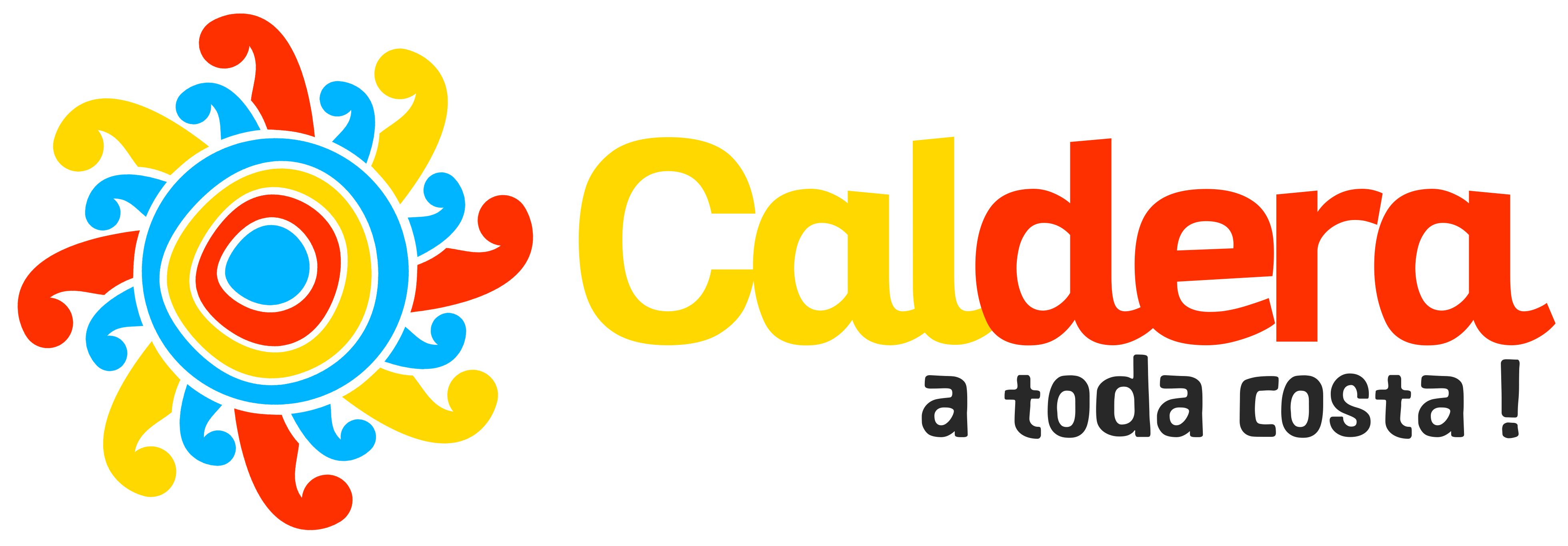
De lo invisible a lo visible: descubriendo el patrimonio vivo de Caldera, del Desierto Florido a los Bailes Chinos
The activity “From the Invisible to the Visible: Discovering Caldera’s Living Heritage, from the Desert Bloom to the Bailes Chinos” will take place in the commune of Caldera, Atacama Region (Chile), within UNESCO’s international call for the celebration of the International Day of Intangible Cultural Heritage.
The initiative reinforces the idea of preserving heritage even when it remains unseen or dormant. This educational event connects two expressions of Caldera’s living heritage that, while different in nature, share a profound interrelation: the Desert Bloom (Desierto Florido), a fragile natural ecosystem that flourishes only under specific climatic conditions, and the Bailes Chinos, an ancestral devotional dance recognized by UNESCO in 2014 as Intangible Cultural Heritage of Humanity. The latter depends on particular ritual spaces, whose protection is essential to ensure the continuity of this cultural manifestation and its associated traditions.
Both represent living and fragile ecosystems -one of biodiversity and the other of community and faith- that rely on favorable conditions to manifest and renew themselves. Their cyclical nature, whether through rainfall or ritual festivities, symbolizes the resilience of both nature and people, and highlights the need for care, respect, and continuity.
Through talks, workshops, and participatory surveys, the activity seeks to raise awareness among students, teachers, and local actors about the shared fragility and strength of these heritages, promoting heritage education as a bridge between natural and cultural consciousness. The initiative aims to strengthen local identity and foster community participation in the safeguarding of both forms of heritage.
The activity is organized collaboratively and voluntarily by professionals and cultural agents from the commune, with the support of the Department of Tourism and Culture of the Municipality of Caldera and the Colegio Parroquial Padre Negro de Caldera, and remains open to other educational institutions wishing to join the initiative.
Programme
Date: From 17 October and throughout November 2025 (dates to be confirmed)
Place: Caldera, Atacama Region, Chile
Preliminary Programme
Opening Session: “From the Invisible to the Visible”
Presentation of the event’s objectives and the concept of living heritage in Caldera.
Introduction to UNESCO’s International Day of Intangible Cultural Heritage and the importance of strengthening local heritage education.
The opening session will be led by representatives of the Department of Tourism and Culture and community professionals, highlighting the role of academic research and youth participation as drivers of knowledge and territorial stewardship.
Educational Talk: The Desert Bloom - A Fragile Natural Heritage
Overview of the ecological dynamics and biodiversity of the Desert Bloom, its ephemeral nature, and the civic responsibilities involved in its protection.
The session will encourage reflection on the value of ecosystems and the importance of local environmental awareness.
Educational Talk: The Bailes Chinos - Ancestral Devotion and Intangible Heritage of Humanity
Presentation on the cultural and spiritual meaning of the Bailes Chinos, their origins, characteristics, and territorial context.
Preliminary research findings will be shared, and short participatory surveys will be applied to gather students’ perceptions on the transmission and appreciation of intangible heritage.
Participatory Workshops: “Our Heritage, Our Voices”
Practical sessions where students will work in groups to reflect on both forms of heritage.
Activities will include drawing, writing, and collective mapping to express local identity, emotions, and meanings associated with Caldera’s natural and cultural heritage.
Community Dialogue and Reflective Closing
Final discussion among students, teachers, and cultural agents on the shared fragility between nature and culture.
The session will collect ideas and local commitments to strengthen strategies for heritage safeguarding and education within the community.
Evaluation and Follow-up
Short surveys and reflection forms will be distributed to gather feedback from participants.
Results will be systematized into an open-access educational and cultural report, serving as a basis for future community and school initiatives related to heritage.


.png)
.png)